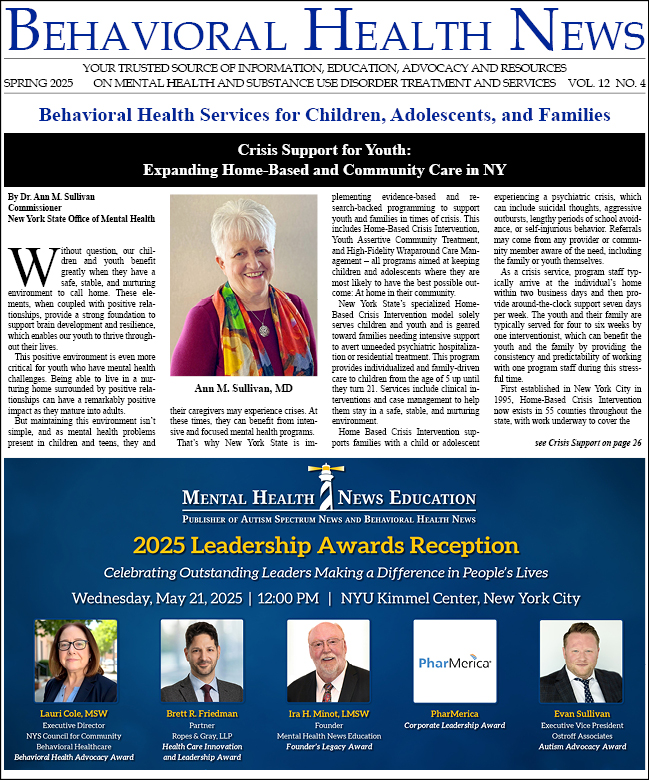-
Creating Sustainable Homes for Prevention Services
The addiction and overdose crisis in the U.S. continues unabated, with more than 46 million people having a substance use disorder (SUD) in 2021 and more than 100,000 people dying from drug overdose annually. The crisis is increasingly hitting adolescents. Fentanyl, the main driver of overdose...
-
Overdose Deaths Involving Buprenorphine Did Not Proportionally Increase With New Flexibilities in Prescribing
The proportion of opioid overdose deaths involving buprenorphine, a medication used to treat opioid use disorder, did not increase in the months after prescribing flexibilities were put in place during the COVID-19 pandemic, according to a new study. These data provide evidence that may help to...
-
School Prevalence of Stimulant Therapy for ADHD Associated With Higher Rates of Prescription Stimulant Misuse Among Teens
Researchers have identified a strong association between the prevalence of prescription stimulant therapy for attention-deficit/hyperactivity disorder (ADHD) and rates of prescription stimulant misuse (taken in a way other than as directed by a clinician) by students in middle and high schools. The...
-
Time to Start Talking About Pre-Addiction
By the time someone reaches out for addiction care, they may have already suffered numerous painful losses in their lives. Addiction can steal a person’s happiness, job, friends and family, and can erode their freedom. Far too often, the expectation is that someone must hit “rock...
-
Research to Address the Real-Life Challenges of Opioid Crisis
While great progress has been made in controlling the COVID-19 pandemic, America’s opioid crisis continues to evolve in unexpected ways. The opioid crisis, which worsened during the pandemic and now involves the scourge of fentanyl, claims more than 70,000 lives each year in the United States1....
-
NIH Research Matters – Telehealth Improves Treatment for Opioid Use Disorder
Telehealth improves treatment for opioid use disorder for people during the COVID-19 pandemic, increasing the likelihood of staying on their medications and less likely to overdose. The findings support continuing the expanded telehealth access that began during the pandemic. Medications...
-
SAMHSA Proposes Update to Federal Rules to Expand Access to Opioid Use Disorder Treatment and Help Close Gap in Care
Changes would make permanent COVID-timed medication flexibilities, and update decades-old definitions and standards for opioid treatment programs at a time when fewer than 1 out 10 Americans can access treatment for substance use disorder. The U.S. Department of Health and Human Services...
-
Biden-Harris Administration Awards More Than $1.6 Billion in Funds for Communities Addressing Addiction and Overdose Crises
Today, the U.S. Department of Health and Human Services (HHS), through the Substance Abuse and Mental Health Services Administration (SAMHSA) and the Health Resources and Services Administration (HRSA), is awarding more than $1.6 billion in funds for communities throughout the country addressing...
-
Game-Changers: Expanding Access to Substance Use Disorder Treatment in 2024
Substance use disorders (SUD) and overdose deaths remain a serious public health concern: prevalence rates, particularly opioids and fentanyl, and the provisional data on drug overdose deaths continue to climb. These statistics underscore the importance of prevention and access to treatment for...
-
Peer Support Workforce Shortages Anticipated: What You Can Do
Imagine this: You are the manager in a behavioral health agency that has decided to hire peer support providers in your workforce. This position can give the agency a boost in revenue, additional help in needed areas with personnel shortages, and hope and practical help to service participants. You...







